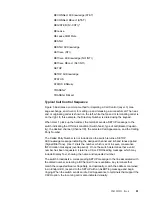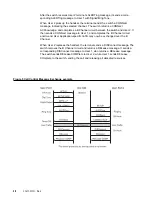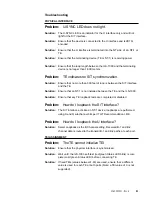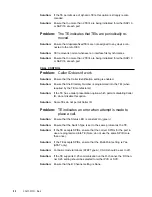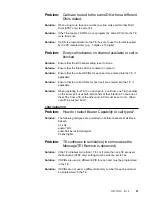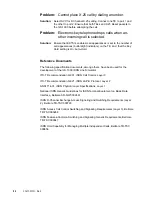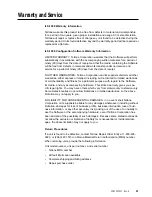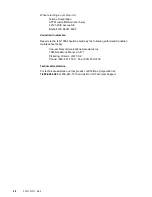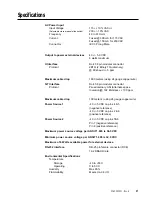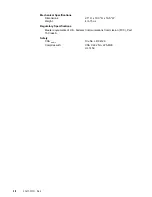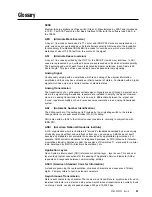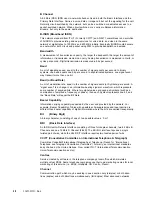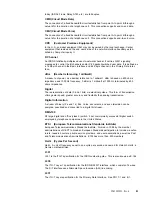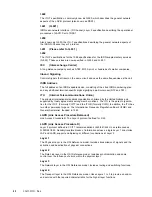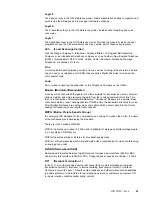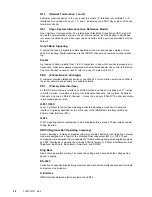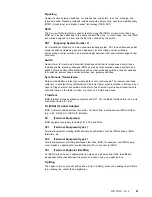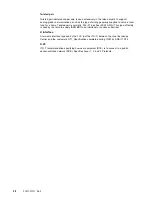
40-400-00001, Rev. A
43
Layer 5
The Session layer in the OSI Reference model. Allows presentation entities to organize and
synchronize their dialogue and to manager their data exchange.
Layer 6
The Presentation layer in the OSI Reference model. Includes data formatting and code
conversion.
Layer 7
The Application layer in the OSI Reference model. Provides the means by which the user
programs access the OSI environment and may contain part of these user programs.
LEC
(Local Exchange Carrier)
Local Exchange Company. A telephone company affiliate of a Regional Bell Operating
Company or an independent telephone company such as Southern New England Telephone
(SNET), Cincinnati Bell, GTE (Contel), United, Centel, Rochester Telephone, Wamego
Telephone, or hundreds of others.
Line
A communication path between a switch and one end user. Analog lines are termed tip and
ring and carry one telephone call. ISDN lines are called Digital Subscriber Lines and can
carry several calls.
Loop
Pair of wires connecting the subscriber to the Telephone Company central office.
Modem (Modulator/Demodulator)
A device which converts data signals into a form suitable for transmission over a communi-
cations medium and which recovers the data from the received communication link. This
term is a contraction of MOdulator/DEModulator. “Voiceband” Modems are a special class
of Modems which convert data signals into TONES within the bandwidth allocated for voice.
Direct Digital Interfaces are another class of modems which convert data into the format
needed for transmission over digital radio channel.
MPEG (Motion Picture Experts Group)
the emerging ISO standard for the compression and coding of motion video. Also, the name
of the standards group developing the standard.
There are three versions of MPEG:
MPEG-1 operates up to about 2.5 Mb/s and is suitable for storage on digital storage media,
e.g. hard disks, CD-ROMs, etc.
MPEG-2 operates at higher bit rates for broadcast-quality video
MPEG-4, still underdevelopment, will standardize video compression for video conferencing
on analog phone calls.
N-ISDN (Narrowband ISDN)
Narrowband Integrated Services Digital Network. Includes basic interface (2B+D or BRI)
and primary rate interface (23B+D or PRI). Copper based at speeds at or below 1.5 Mb/s.
NT1
(Network Termination 1)
In the U.S., a customer-owned device that converts from external telephone company
transmission format (U interface) to internal building transmission format (T interface).
Concerned only with Layer 1. Should contain loopback and other maintenance capabilities
to enable problems to be isolated to the telephone network or customer’s equipment. NT1
for basic interface contains digital hybrid circuitry.

